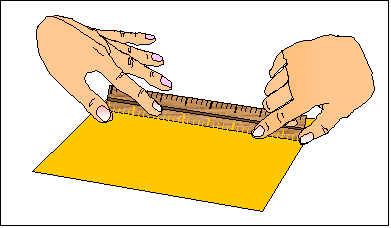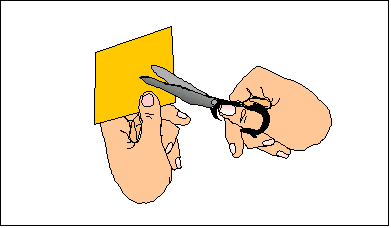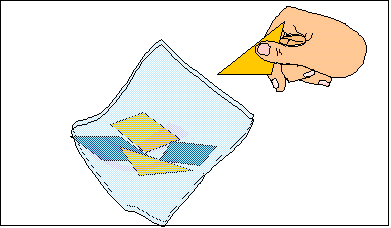|
Contributed by: Illinois Science Teachers Association
Description:
Students use a binary classification system to divide objects, then
justify their scheme.
The task assesses primary students' abilities to perform process
skills such as classification by using observable differences and
similarities.
This task is designed to take students approximately 8 minutes
to complete.
Overall Task Content Area:
- Physical Science
Specific Knowledge Areas:
- Properties of Objects and Materials
Performance Expectations:
- conducting investigations
- applying scientific principles to develop explanations and solve
new problems
National Science Education Standards:
4 A SI 1: Abilities necessary to do scientific inquiry:
Grades K-4
1.5 Communicate investigations and explanations. Students should
begin developing the abilities to communicate, critique, and analyze
their work and the work of other students. This communication might
be spoken or drawn as well as written.
4 B PS 1: Properties of Objects and Materials: Grades
K-4
1.1 Objects have many observable properties, including size,
weight, shape, color, temperature, and the ability to react with
other substances. Those properties can be measured using tools,
such as rulers, balances and thermometers.
(Use the "hot" link on the PALS home page to
check the full text of related National Science Education Standards,
if desired.)
National Council of Teachers of Mathematics:
AL1: Understand patterns, relations and functions:
Grades pre K-5 a. sort, classify, and order objects by size,
number, and other properties.
DAP1: Formulate questions that can be
addressed with data and collect, organize, and display relevant
data to answer them:
Grades pre K-5 b. sort and classify objects
according to their attributes and organize data about the objects
GEO1: Analyze characteristics and properties of two-
and three-dimensional shapes and develop mathematical arguments
about geometric relationships:
Grades pre K-5 b. describe attributes and parts of two- and
three-dimensional shapes
MEAS1: Understand measurable attributes of objects and
the units, systems, and processes of measurement:
Grades pre K-5 b. compare and order objects according to
these (length, volume, weight, area, and time) attributes
PS3: Apply and adapt a variety of appropriate strategies
to solve problems:
Grades pre K-5
RP2: Make and investigate mathematical conjectures:
Grades pre K-5
REP1: Create and use representations to organize, record,
and communicate mathematical ideas:
Grades pre K-5
General Instructions to the Teacher:
This task is designed to take students approximately 8 minutes to
complete.
Students will be working individually during this exercise.
Students should be ready to work as soon as the period begins.
The materials should be set out at each lab station, if possible.
A central supply area, if needed, should be easily accessible. All
supplies should be clearly labeled.
Materials for "Classification":
The teacher will need:
- colored paper
- scissors
- plastic bags
At this station students should have:
- large blue square 2.5"
- small blue square 1.5"
- large blue triangle (cut large blue square in half diagonally)
- small blue triangle (cut small blue square in half diagonally)
- large yellow square 2.5"
- small yellow square 1.5"
- large yellow triangle (cut large yellow square in half diagonally)
- small yellow traingle (cut small yellow square in half diagonally)
Advance Preparation:
- Cut out paper squares and triangles.
- Put shapes into bag.
Safety:
- Be careful.
- Teachers and students should always exercise appropriate safety
precautions and utilize appropriate laboratory safety procedures
and equipment when working on science performance tasks.
Extensions/modifications:
- Classification is one part of a five part assessment that was
administered in Illinois. The other 4 stations are "Measurement:
Length, volume, and temperature," "Measurement: Using the balance,"
"Mystery Boxes," and "Magnetic Testing."
- Rubric language should be targeted to the specific NCTM standard(s)
to be measured.
Advanced Preparation Set Up:
Measure small and large squares.
 |
Cut shapes.
 |
Put shapes in bags.
 |
|
|




